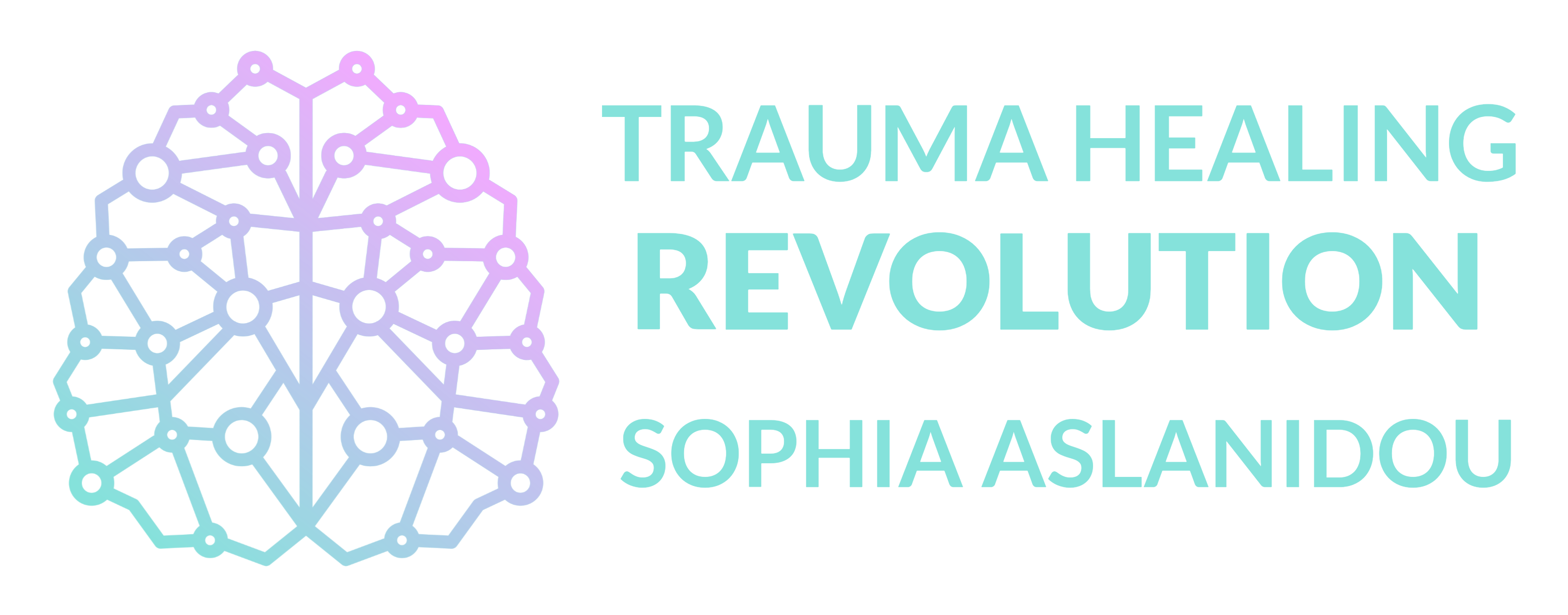What is Brainspotting?
Brainspotting (BSP) is a cutting-edge, advanced treatment method and one of the top emerging, breakthrough approaches in trauma healing today. Discovered in 2003 by David Grand, PhD, it is a powerful, focused treatment method that identifies, processes and releases core neurophysiological sources of emotional or body pain, trauma, dissociation and a variety of challenging symptoms.
Brainspotting at a glance
Brainspotting is a type of trauma release therapy where the trained professional has you follow a pointer with your eyes and gauge the spot where your trauma is stored. While focusing on that spot, your brain will process and release the trauma.
What does Brainspotting help with?
- Trauma resolution
- Emotional regulation
- Reduced anxiety and stress
- Improved performance
- Enhanced self-awareness
- Release of repressed memories
- Pain management
- Integration of body and mind
- Enhanced therapeutic alliance
- Personal empowerment
It is designed to set and hold a Dual Attunement Frame around the client, relationally and neurobiologically through the lens of the Neuroexperiential Model. The Neuroexperiential Model offers a framework through which we can move closer to harnessing the immense power of the human condition in healing with all the important interpersonal attunement and co-regulation at the deepest level.
Brainspotting is a relatively new type of therapy designed to help people access, process and overcome trauma, negative emotions and pain, including psychologically-induced physical pain. By now, 25,000+ therapists have been trained in Brainspotting in the US, South America, Europe, the Middle East and Asia.
Brainspotting is effective both in-person and online as a therapeutic modality/psychotherapy.
Where you look affects how you feel
How Does Brainspotting Work?
Brainspotting locates points in the client’s visual field that help to access unprocessed trauma in the subcortical brain. It leverages a natural phenomenon through its use of relevant eye positions. This helps the BSP therapist locate, focus, process and release a wide range of emotionally and bodily-based conditions. The method utilises the body’s natural self-scanning and self-healing ability. The body’s mission is to self-heal and Brainspotting helps facilitate that process in a non-invasive, natural, safe and contained way, minimising the risks of re-traumatising the client. Brainspotting works with the limbic system to help the body process past traumatic experiences while also regulating the nervous system when certain emotions are triggered.
Brainspotting is an excellent tool both as a standalone therapy, as well as in conjunction with other therapeutic methods.
Who is Brainspotting For?
It is safe to say that Brainspotting is for everyone, adults or children. Have you ever caught yourself looking at a fixed spot for minutes at a time while you’re thinking or remembering something? That’s a natural form of Brainspotting that all of us do without realising. During a therapeutic, guided session, with focus and precision, we can discover brain spots (eye positions), where you are holding the trauma, the anxiety, the depression, the relational problems etc, while allowing the brain to process the issues, from the inside-out, from the bottom up.
This makes Brainspotting great either for those who are attempting therapy for the first time or those who have tried different top-down approaches, such as talking therapies, that involve extensive backstory sharing that might be distressing or exhausting for some people. Traumatised people can relive their trauma while talking about it and this is counter-intuitive when the target is nervous system regulation.
Brainspotting is also a safe entry point for those who are still building trust in the therapeutic relationship as well as creating the capacity and confidence to share information with the Brainspotting practitioner.
Benefits of Brainspotting Therapy
- Can be used to find and strengthen our natural resources and resilience
- Designed as a therapeutic tool, BSP can be integrated into many of the healing modalities
- The phenomenology and neurobiology that underpin BSP consolidate approaches to therapy, supervision and consultation
- Can be used for performance and creativity enhancement
- Even more powerful when used with the enhancement of BioLateral Sound CDs
Source: BSP UK
What is a Brainspotting Session Like?
The beauty of the BSP model lies in its natural and flexible approach. Brainspotting sessions can be held face-to-face or online very effectively, the client can choose to share a few or more words or remain silent during the session, while guided by the Brainspotting expert. Focusing on a brain spot and allowing space for silent processing helps the brain reorganise itself, archiving past memories to the past, thus allowing the client to gradually reclaim freedom from pain and trauma in the present moment. This also allows Brainspotting therapy to address deep trauma in a faster way, compared to traditional therapeutic methods.
During a Brainspotting trauma therapy session, the client is encouraged -but not required- to listen to BioLateral sounds, to help brain processing with less agitation. The music is designed using Dr Grand’s unique bilateral sound mixing called BioLateral sound. This ambient music pans back and forth across the left and right headphone or earbud channels to bring both hemispheres of the brain into synchronization. The result is more mental clarity that helps with relaxation and enhances the results in therapeutic sessions.
Are there any risks associated with Brainspotting?
Brainspotting is a safe, non-invasive deep trauma therapy method. No side effects or adverse reactions have been documented and unlike medication, Brainspotting is unlikely to cause adverse effects on mental health, the body or the brain. A couple of hours of rest are typically recommended after a session, as temporary exhaustion is commonly reported as a main potential risk of Brainspotting. After allowing the brain to process a lot of emotions and past experiences, many report a feeling of release on a conscious and unconscious level.





